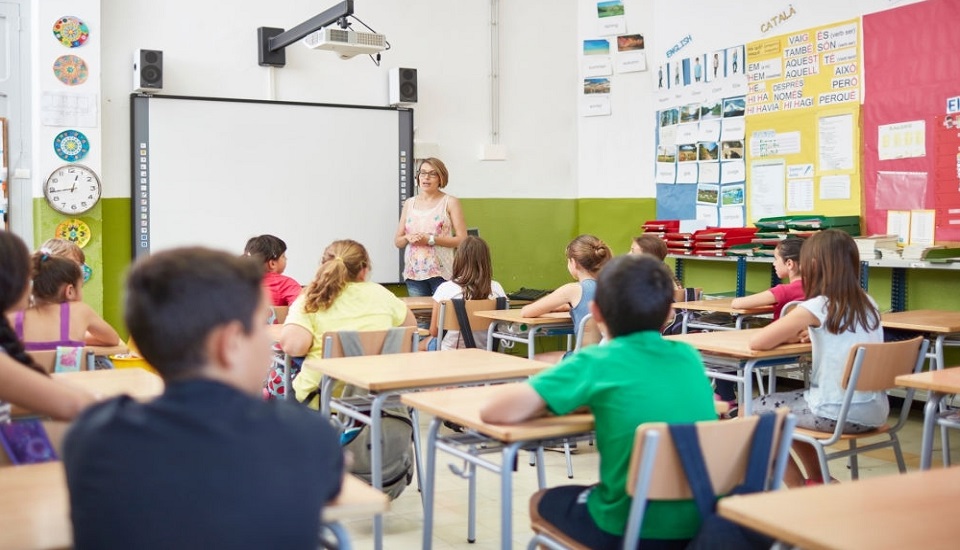3 Clever Ways To Capitalize On Hybrid Teaching
28th December 2021
Now that we know digital learning is here to stay, it makes sense for both teachers and students to befriend the new normal as the new reality. Hybrid teaching is a trending method adapted by the teachers and is also one of the highly recommended teaching strategies as it enables a teacher to take advantage of both face-to-face and online classroom learning experiences.
How hybrid learning is proving to be an effective teaching strategy!
- Hybrid teaching strategies are ‘need of the time’, helping both teachers and students adjust to this unprecedented global circumstance.
- It is flexible, versatile, and adaptive to the needs of students
- It can help the student to experience unified learning while capitalizing on the strengths of both in-class and online sessions.
- Hybrid learninghelps teachers make a conscious choice to remain goal-oriented to maximize academic achievement
Top 3 ways to use Hybrid Teaching Strategy –
Find the Right Balance
A lot of the time 'blended' and 'hybrid' learning is used as interchangeable terms. However, the key difference lies in how we use face-to-face learning and online session. The major area of distinction in hybrid learning is to find the right amount of balance between online and offline interaction. And the aim is to enhance the experience of learning while producing a 50/50 balance.
On the contrary, blending learning is mostly about the in-class experience with the combination of technology-based activities. Here is a video for you to see how blended learning can be incorporated for the elementary reading classroom –
So to speak definitively, you can crack hybrid learning by capitalizing on both types of learning environments. For example, when you are in an in-class setup emphasis on activities such as role play, brainstorming, and real-time engagement, and for online sessions, you can encourage self-paced learning, self-evaluatory exercises, and individual exploration.
Focus More on Lesson Composition than Technology
Hybrid learning sets the tone of 21st century teaching. This means ways to find better tools and resources to teach than to be fixated on technology for the sake of it. When it comes to adapting hybrid learning, a teacher needs to narrow down his/her learning goals and how they can be achieved by incorporating structured hybrid learning. Meaning, integrating both online and in-class sessions to complement each other.
Finding ways in developing activities that are profitable in the online class and the same goes for face-to-face sessions - this is the key here. Above all, be in sync with the students' needs. The majority of the decision that needs to be taken by the teacher is influenced by success rate and what seems to work with your students. Also, the greatest advantage of integrating hybrid learning is you can design your lessons for all your learners – visual, auditory, kinesthetic, and reading/writing.
Utilizing Seating -time as ‘Gift’
Unlike a traditional classroom, a hybrid setup is comprised of lesser seating time. This implies the time that is to be spent face-to-face by students and teachers needs to be carefully curated to optimize the real-time interaction. This again brings us back to a thorough examination of goals and objectives.
A teacher when integrates the seating-time in hybrid learning much be focused on collaborative activates. Meaning, when students are coming classroom they should not spend time in reading or watching video lesson rather the time of coming together must be well spent on actively interacting in group activities, teamwork, and social connection.
With time, Teaching strategies are constantly shifting. Hybrid learning has the potential to reach students who are away from the classroom, students who are with us and thus creating a magical collaborative learning experience for all. Most importantly, if you are incorporating hybrid teaching for the first time, remind yourself that 'it is okay to ask for support.
Learn the latest methodologies and approaches to teaching with International Teaching Diploma and boost your chance to a successful teacher in the educational industry!
Written By : Anita Shah
Leave a Reply

